Passive voice
To learn Passive voice it is necessary to know the past participles. If you do not know the past participles go to our post on Past participle and learn the irregular verbs first. Once you do not have any problems with past participles, it is time to learn the Passive voice in English.
Passive voice is used if the subject (the thing before the verb) does not do the action described by the verb. Then you have to insert the verb “TO BE” in the correct form in front of the verb in past participle.
Passive – graphical presentation
ADVERTISEMENT:
[showmyads]
The second graphic clearly shows the usage of passive voice: Your task is to write two sentences under each picture using present simple tense and past simple. The sentences in the first column should be in active voice and the sentences in the second column should be in passive voice.

Passive – games
The first game is a simple online quiz. Try to fill in the verbs in the correct form.
The second game is called Hoop shoot. Once again, choose the correct form and then stop the sliders in the center.
Click Here to play the game – Passive Hoop Shoot
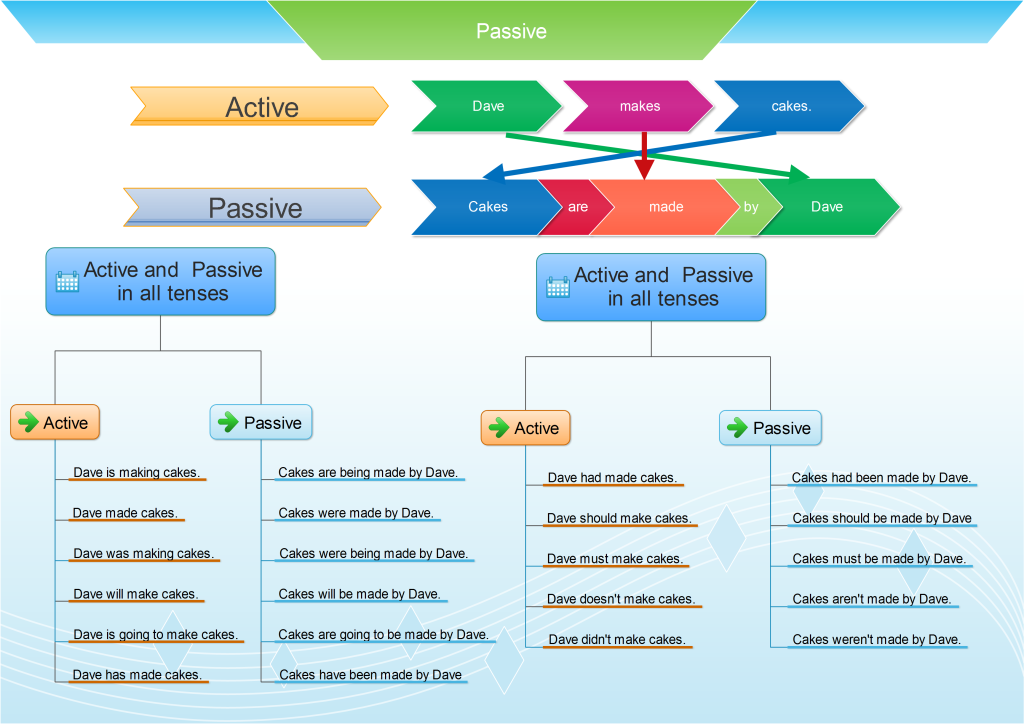
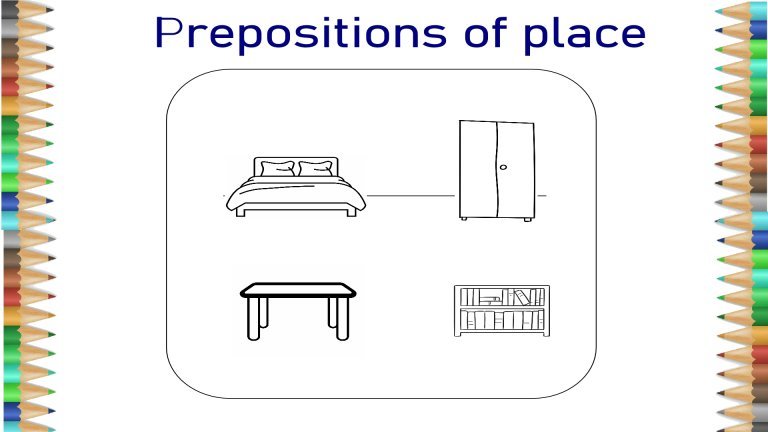

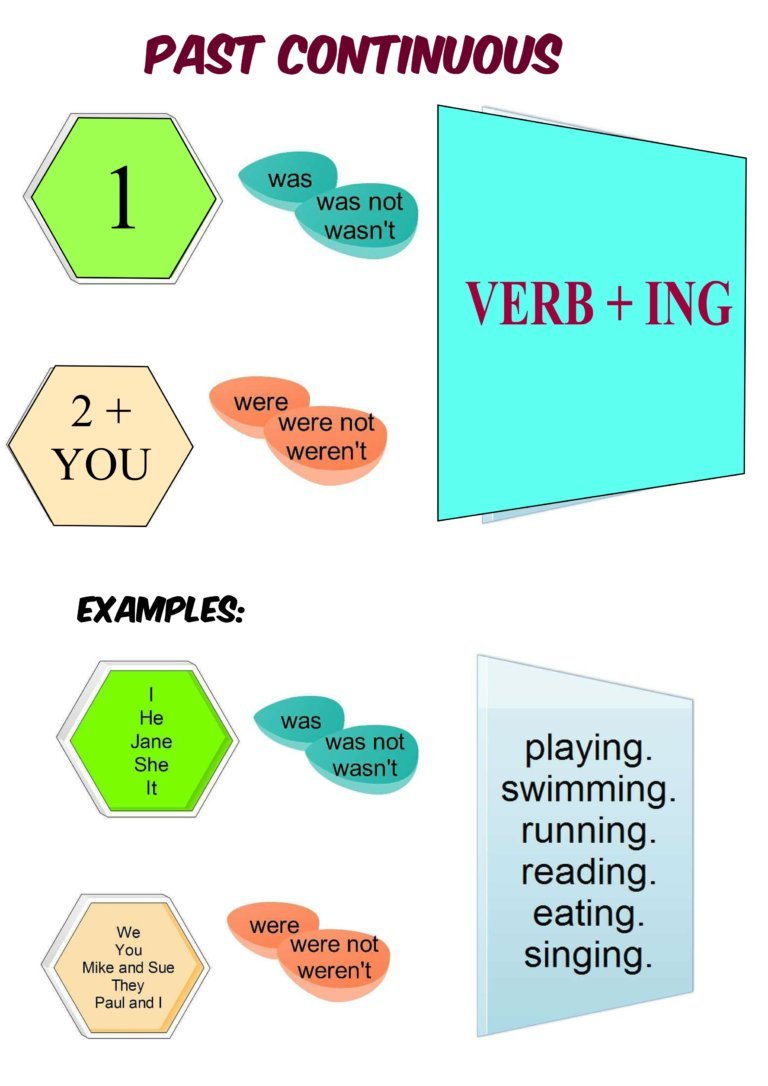
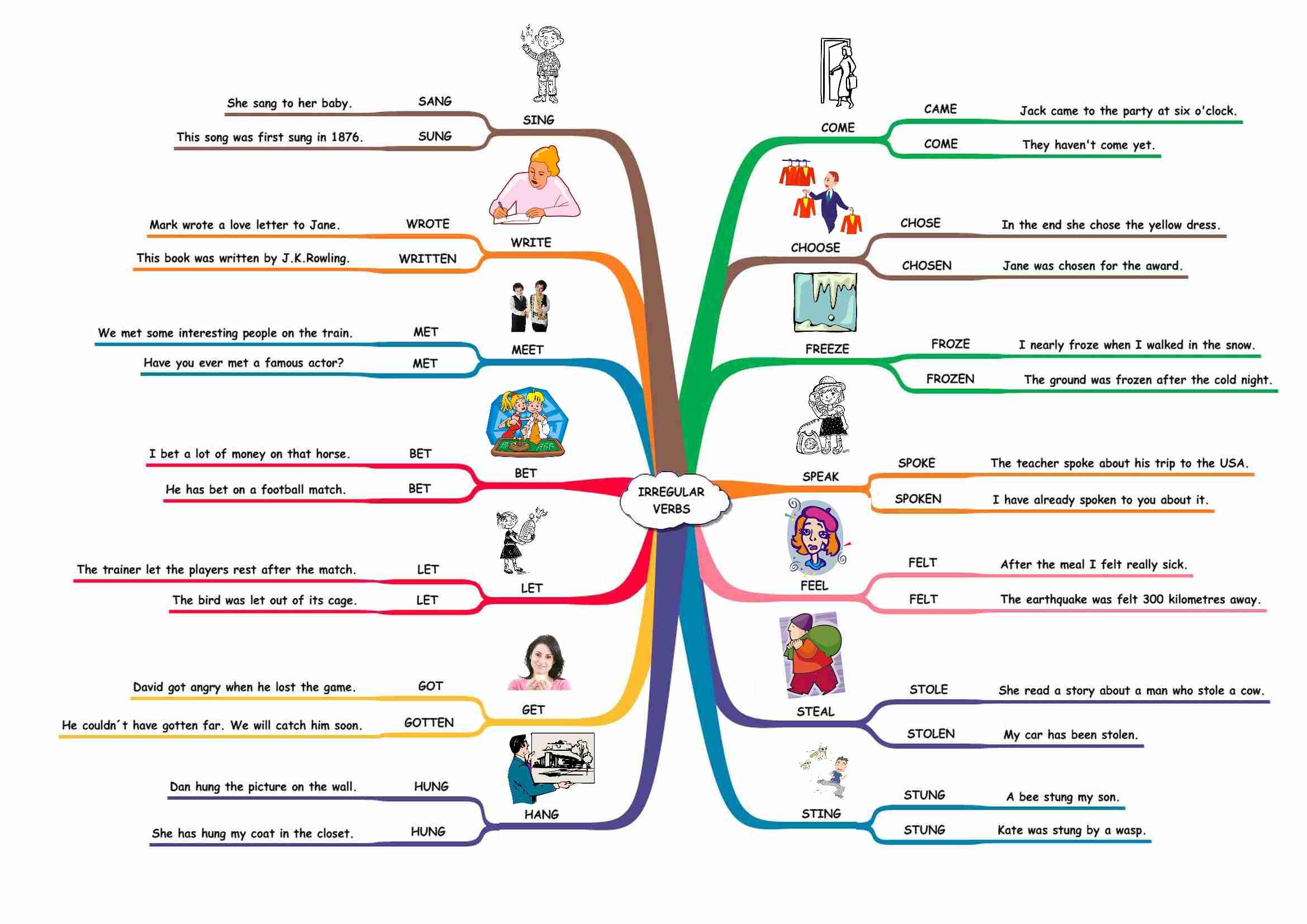
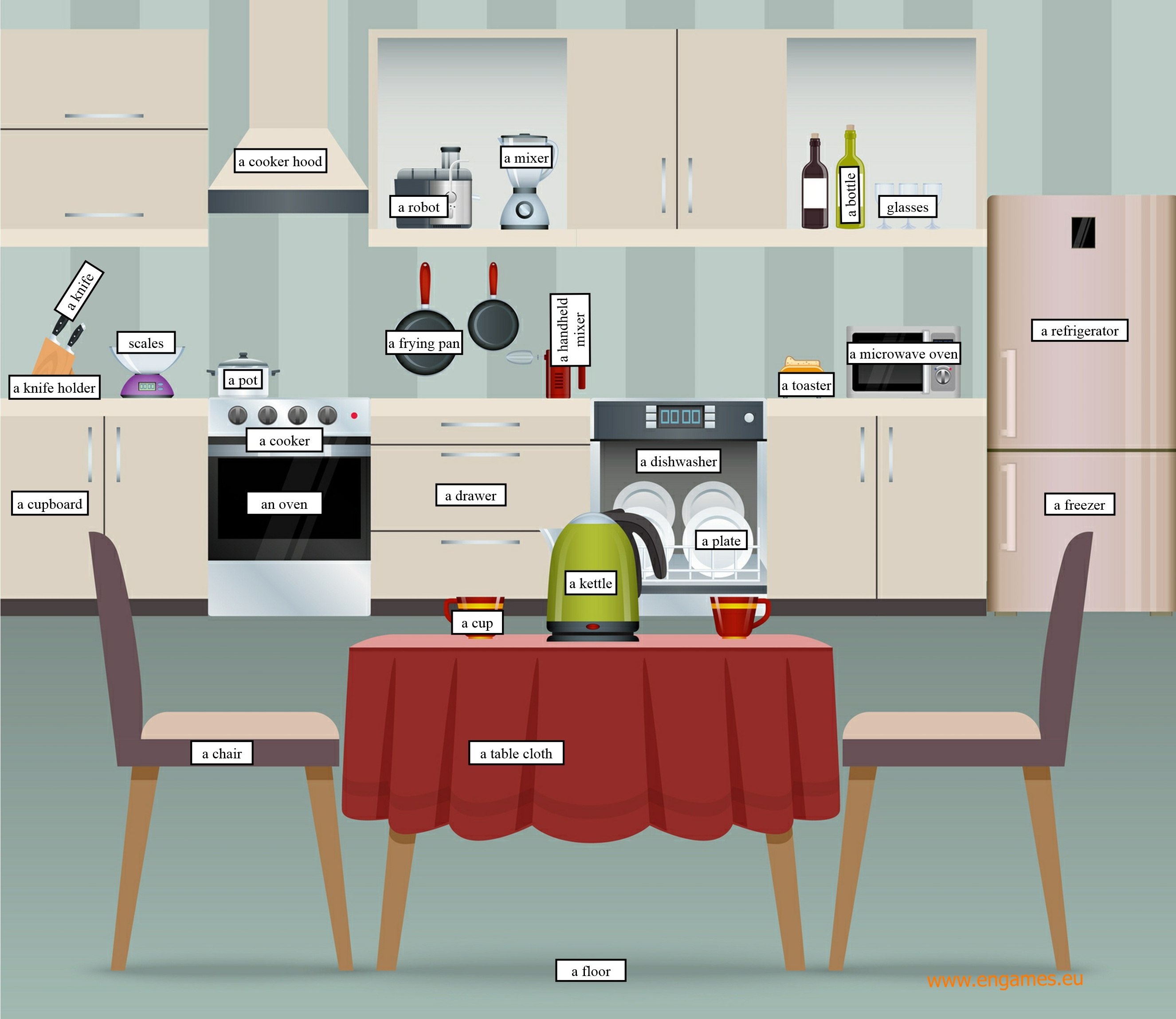

Thanks for your helpful tips on grammar.
The study of ‘grammar’ is so interesting. Of course the grammar of a language follows the ‘collective human mind’s understanding’, and as such, if it is a correct description, is truly representative of it’s speakers representative sample.
many thanks!
very hard for beginer
I am glad you find this grammar explanation useful.
Thank you so much for your explanation.
Very informative. Especially for language teachers.
Thanks a lot!!! This is something Ss always struggle with.
very useful,thank you
very useful
Great…I was loking for something like that!!!!!!
Thanks from South of Italy!!!
I am happy that you find this grammar explanation useful.
I am glad you see the grammar explanation in this way.
Yeah, when I was teaching this grammar two weeks ago I failed completely. Many students started to understand passive only after being presented the other picture.
Not only for the teachers. It is for the students too. They can learn the grammar here.
very informative
thanks
very usefull, thanks!
Thank you. I try to explain the grammar as well as I can.
I ve taught my students this very topic,but not like this, I think this method is simple and students will understand easily. Thanks so much.
Yeah, I have tried to teach my students passive for a long time and I am really happy with this explanation.
Thank you for your work !
 When I look for something that I need for my lesson, I always find your web
When I look for something that I need for my lesson, I always find your web  and yopur nice mind maps. Can I share your link on my web ? Jitka
and yopur nice mind maps. Can I share your link on my web ? Jitka
Can I have a question ? Do you teach with Project 3rd edition ?
Yes, I teach Project 3rd edition and most of the material here is created for my classrooms. You are welcome to share the material here as long as you put a link to this site there.
Hello there~^^ I love how you explain the active and passive voice in this kind of interactive illustrations~ How about if you make another to explain the usage of have/had/has and were/was~^^ again thank you~^^
That is a great idea. I will jump on it next week.
We are sure that the mental map is very important and useful but we have another technique. you are going on the whole tenses!
Could you explain in more detail what you mean?
This is really great lesson to learn the Passive voice in English. Because most of learners make mistakes about passive voice. But you shared very useful explanations, pictures and more here. Thanks.
It’s really useful I’ve tried with my student Thanks .
could you please tell me what software do you use for making these games ?
please
I have been using Contentgenerator.net games and ispringsolutions.com
I have used the following software: Flash games from contentgenerator.net, ispringsolutions.com, imindmap.com, codecanyon.com and edrawmax.
it’s very useful for me, simple and easy to understand
Then we have achieved what we wanted to. Thank you for your appreciation.
Thanks for this inspiring tools.
Thanks a lot for your help.